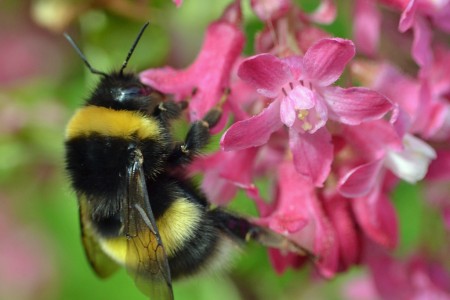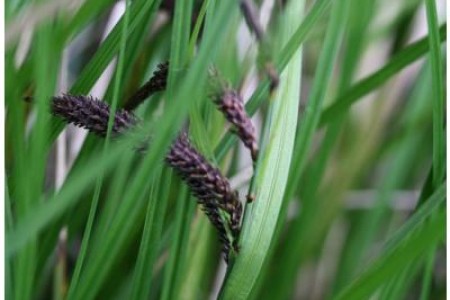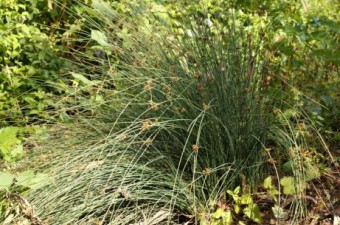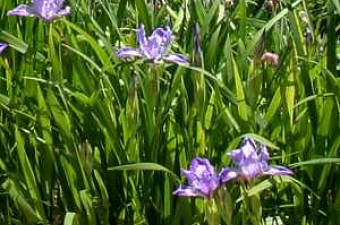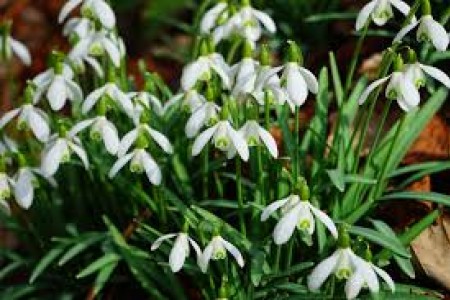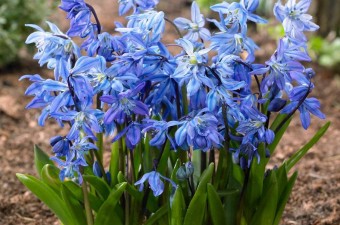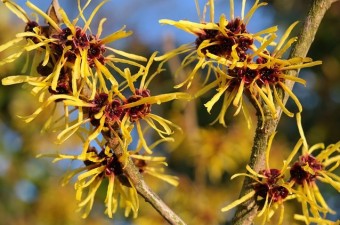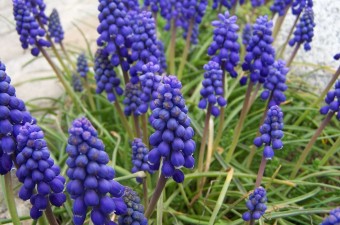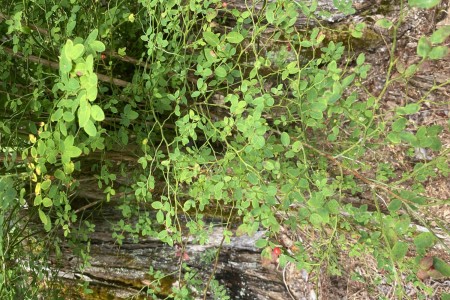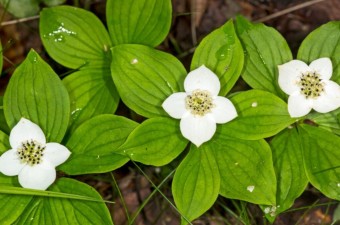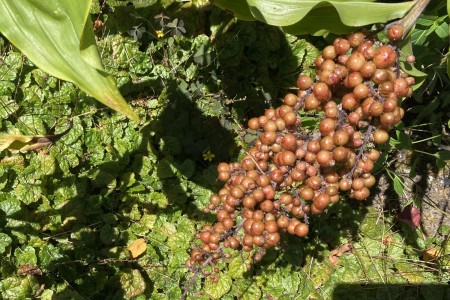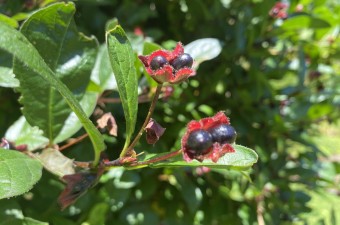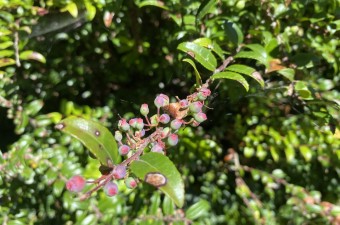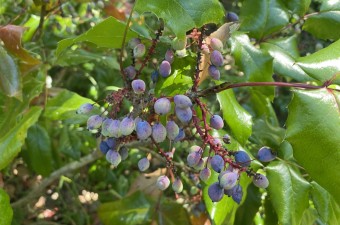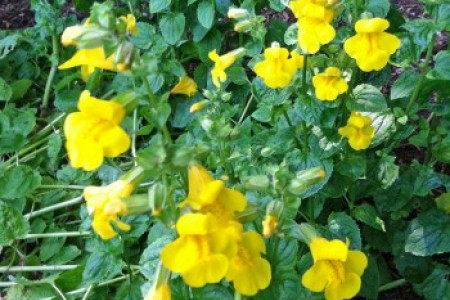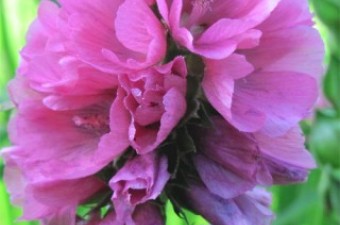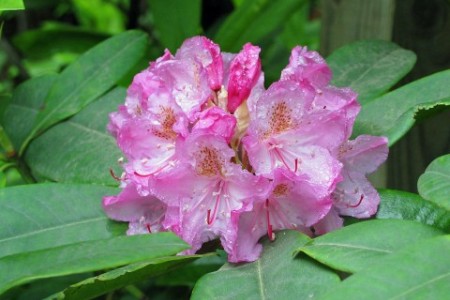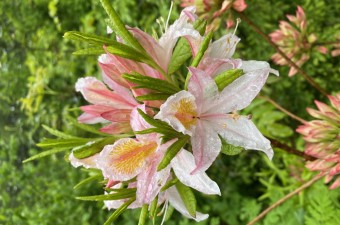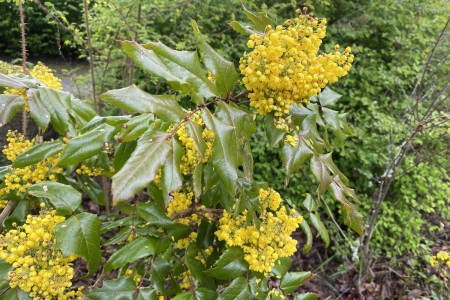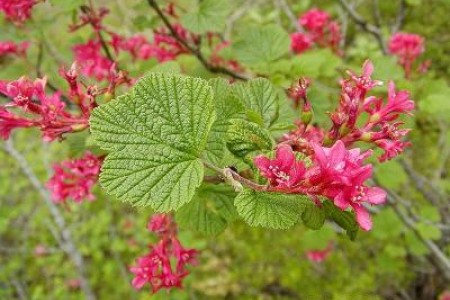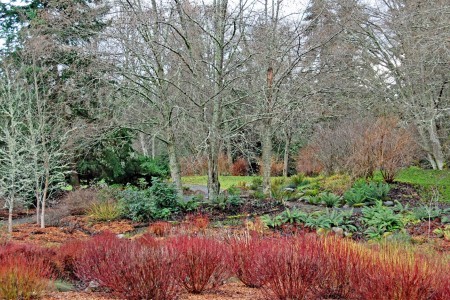‘Tis the season to be outside: nature is showing off in all her glory. But it’s also a good time to slow down and observe. The Native Plant Garden’s Mary Booth has some suggestions for ways to make fresh acquaintance with your natural surroundings:
Take a leisurely walk with intention, to see how flora and fauna around you are interacting. What captures your interest? What flowers, butterflies, birds, insects do you see, and how are they behaving? Take notes as you observe. Record the date, what you see in bloom, what colors seem to be attracting the bees (beautiful native blue ceanothus was out a month ago, and its legions of happy bees sounded like a loud avant-garde piece for string orchestra); your notes can become a valuable resource for use in your own garden.
What setting have you chosen (a meadow, near a stream, in woodland shade)? What plants readily grow there? Do some appear to grow near or under others? What kind of soil do they thrive in?
What insects and birds do you see, and what are they attracted to? Cedar waxwings were recently gorging on Oregon grape berries. Who is eating the elderberries? You might see a bird carrying twigs or bark or lichen, flying toward a place it’s building a nest—or, if her eggs have hatched, perhaps she’s gathering insects or worms for her young.
What do you hear in the trees that you might not be able to see? The Cornell Ornithology Lab has a wonderful app called MERLIN that allows you to identify a bird from its call, simply by holding the phone up toward the sound you hear.
Intentional, mindful observation allows us to perceive the synergy between native plants and wildlife. It’s also great for our blood pressure and our knowledge (and love) of the world around us.
Want to volunteer at the Native Plant Garden? Come to a work party. They’re on the first & third Monday morning of each month thru October, 9am-12. Website: www.bucklakegarden.com ; Facebook page: Buck Lake Native Plant Garden. Take the Hansville Garden Tour on July 8 (10 am – 4 pm), which benefits Hansville Helping Hands—one ticket entitles you to visit a half dozen gorgeous gardens at your own pace, including the BLNPG. (For info and tickets, Google “Hansville Helping Hands Garden Tour 2023.”)
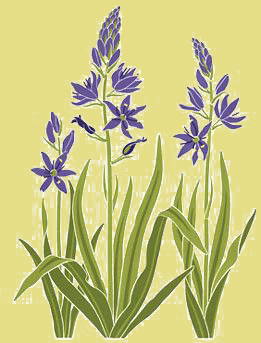
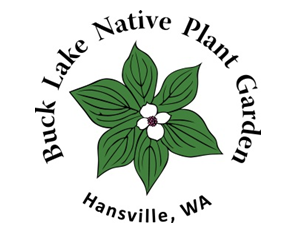 Buck Lake Garden articles published in the monthly
Buck Lake Garden articles published in the monthly 